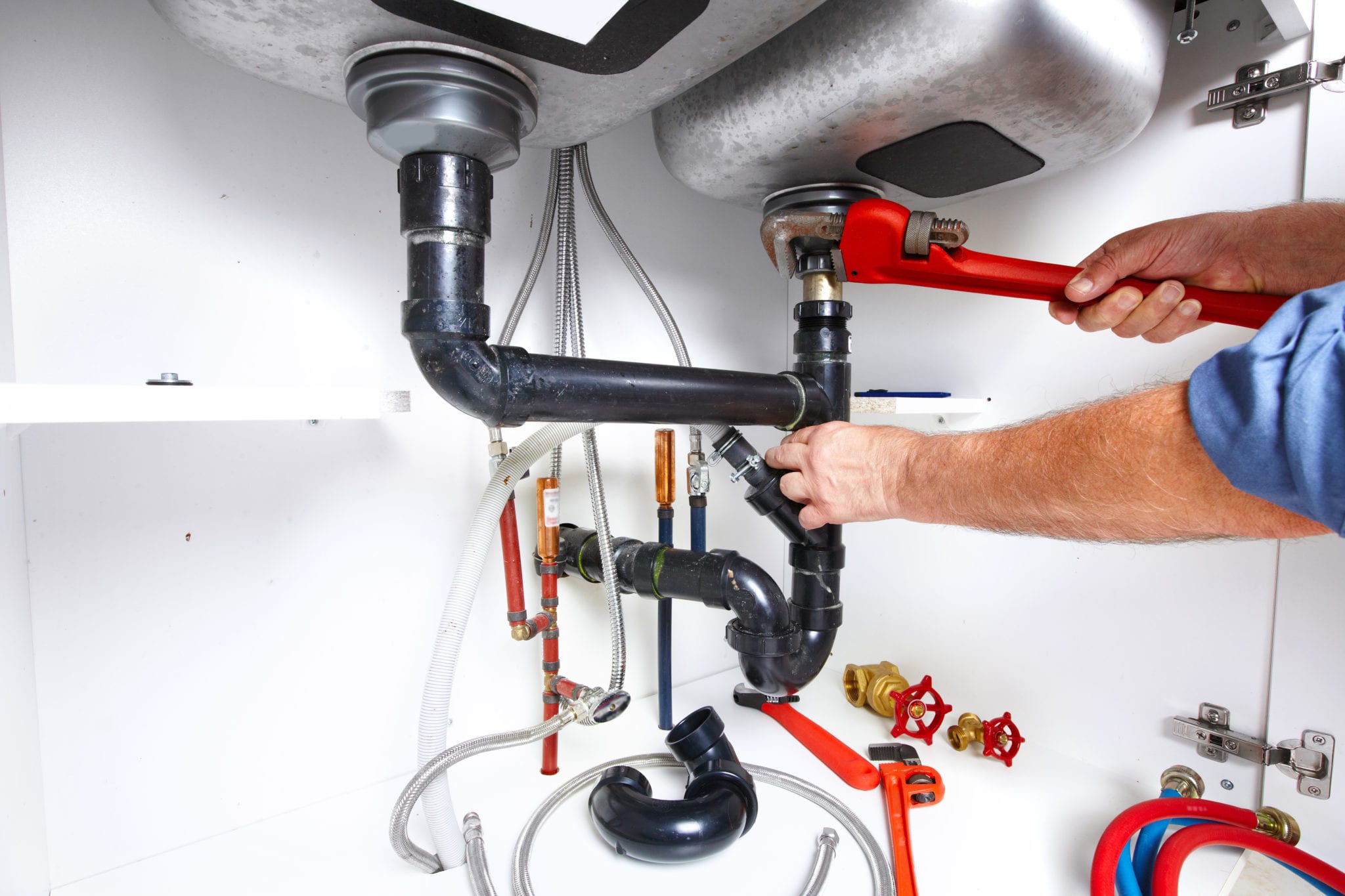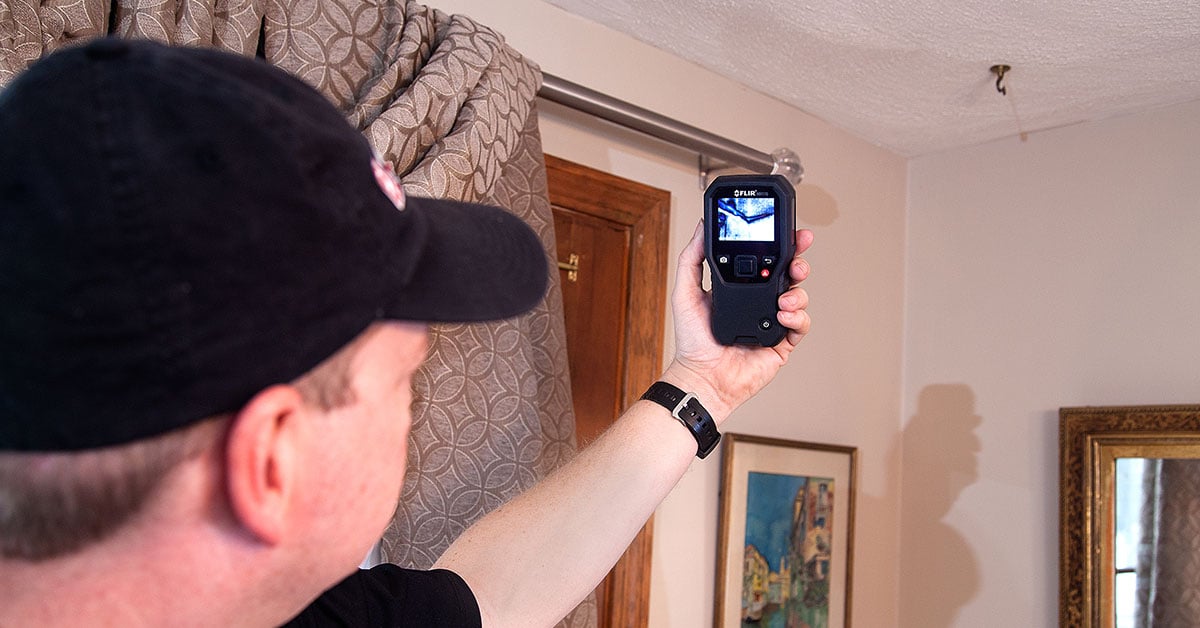Finding Hidden Water Line Leaks: 6 Clever Methods
Finding Hidden Water Line Leaks: 6 Clever Methods
Blog Article
We have come across the article pertaining to Detecting hidden plumbing leaks below on the net and thought it made good sense to talk about it with you over here.

Early detection of dripping water lines can mitigate a potential catastrophe. In addition to saving you money, it will lessen the worry as well as frustration. The moment you locate a leak, calling your plumber for repair work is the very best solution. However, some small water leakages might not be visible. Right here are some hacks that assist if you can not discover it with your naked eyes.
1. Check Out the Water Meter
Every house has a water meter. Checking it is a proven manner in which helps you find leaks. For beginners, turn off all the water resources. Make certain nobody will flush, utilize the tap, shower, run the cleaning equipment or dishwasher. From there, most likely to the meter and watch if it will change. Because no one is utilizing it, there should be no activities. That shows a fast-moving leakage if it moves. If you spot no adjustments, wait an hour or 2 as well as inspect back once more. This implies you may have a sluggish leakage that could also be below ground.
2. Check Water Usage
If you detect sudden modifications, in spite of your intake being the exact same, it indicates that you have leakages in your plumbing system. A sudden spike in your costs suggests a fast-moving leak.
Meanwhile, a consistent boost on a monthly basis, despite having the very same practices, reveals you have a slow-moving leak that's also slowly intensifying. Call a plumber to completely check your property, particularly if you really feel a cozy area on your flooring with piping underneath.
3. Do a Food Coloring Examination
When it comes to water consumption, 30% comes from bathrooms. If the color in some way infiltrates your dish throughout that time without flushing, there's a leak between the tank and dish.
4. Asses Exterior Lines
Don't neglect to examine your outside water lines too. Examination spigots by affixing a garden hose pipe. Ought to water permeate out of the connection, you have a loose rubber gasket. Change this as well as ensure all connections are limited. If you have actually got a lawn sprinkler, it will certainly aid get it professionally analyzed as well as kept yearly. One little leakage can squander tons of water and surge your water bill.
5. Evaluate the scenario and also check
Property owners must make it a routine to inspect under the sink counters as well as even inside closets for any type of bad odor or mold and mildew development. These two red flags suggest a leakage so punctual interest is called for. Doing regular assessments, also bi-annually, can conserve you from a significant problem.
Check for discolorations and also compromising as a lot of pipelines and home appliances have a life span. If you believe dripping water lines in your plumbing system, do not wait for it to rise.
Early discovery of dripping water lines can minimize a potential disaster. Some little water leakages might not be noticeable. Inspecting it is a guaranteed method that helps you discover leaks. One tiny leakage can lose heaps of water as well as spike your water costs.
If you presume leaking water lines in your plumbing system, do not wait for it to escalate.
WARNING SIGNS OF WATER LEAKAGE BEHIND THE WALL
PERSISTENT MUSTY ODORS
As water slowly drips from a leaky pipe inside the wall, flooring and sheetrock stay damp and develop an odor similar to wet cardboard. It generates a musty smell that can help you find hidden leaks.
MOLD IN UNUSUAL AREAS
Mold usually grows in wet areas like kitchens, baths and laundry rooms. If you spot the stuff on walls or baseboards in other rooms of the house, it’s a good indicator of undetected water leaks.
STAINS THAT GROW
When mold thrives around a leaky pipe, it sometimes takes hold on the inside surface of the affected wall. A growing stain on otherwise clean sheetrock is often your sign of a hidden plumbing problem.
PEELING OR BUBBLING WALLPAPER / PAINT
This clue is easy to miss in rooms that don’t get much use. When you see wallpaper separating along seams or paint bubbling or flaking off the wall, blame sheetrock that stays wet because of an undetected leak.
BUCKLED CEILINGS AND STAINED FLOORS
If ceilings or floors in bathrooms, kitchens or laundry areas develop structural problems, don’t rule out constant damp inside the walls. Wet sheetrock can affect adjacent framing, flooring and ceilings.
https://www.servicemasterbyzaba.com/blog/how-to-detect-water-leakage-in-walls/

Hopefully you enjoyed our topic on Hacks to detect leaks. Thanks a lot for finding the time to read our piece of content. Sharing is nice. Who knows, you may very well be doing someone a favor. Thank you so much for going through it.
Explore Report this page